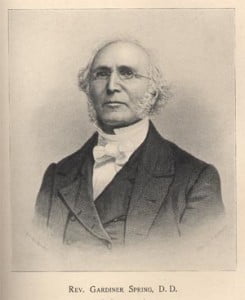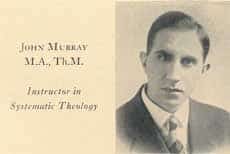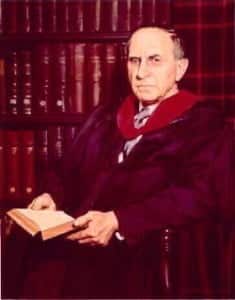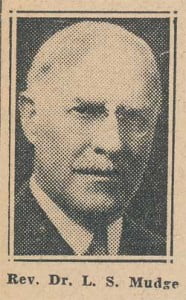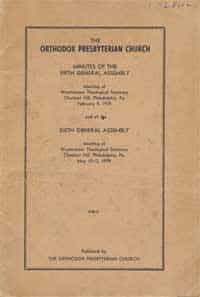Clarence Macartney’s Pulpit Comments upon Machen’s Suspension from the Ministry:
Comments by Dr. C.E. Macartney on the Suspension of Dr. J. Gresham Machen from the Ministry of the Presbyterian Church. Made at the Morning Service at the First Presbyterian Church, Pittsburgh, Pennsylvania, on Sunday, June 7, 1936.
The moderator elected this time at the General Assembly is Dr. Masters, an able moderator and the most conservative we have had since two moderators well known to this congregation.
Dr. Machen seems to have a great many enemies. When Senator _________ nominated Grover Cleveland the second time for the Presidency in the Democratic Convention at Chicago, he brought the throng to their feet with his historic utterance, “We love him for the enemies he has made,” so although Dr. Machen has a great many enemies he has not a few friends who love him and respect him for the kind of enemies he has made.
The General Assembly suspended Dr. Machen from the ministry of the Presbyterian Church. He is not suspended from the Communion of the Church but he is stripped of all the prerogatives of a minister. He cannot perform any of the duties of his office within the Presbyterian Church until such time as he shall obey the mandate of the General Assembly of 1934. Since he will never do that it means the withdrawal from the Church of Dr. Machen.
Having been his classmate at Princeton and knowing him much better perhaps than some of his enemies, I am glad in this public way to testify my affection for him, my confidence in the purity of his character and the sincerity of his motives, my admiration for his pre-eminent scholarship, his superb intellect, and his clear discernment of the unbelief and apostasy which is spreading within the Christian Church, and my deep regret and sorrow that such a man should be lost to the Presbyterian Church in the United States of America. At other crises in the history of the Church notable figures have been suspended from the ministry or voluntarily have withdrawn from the Communion of the Church because they were charged with unbelief, but here we have a man suspended from the Ministry of the Presbyterian Church who is known throughout the world as a fearless and able defender of the Faith of the Gospel. The suspension of Dr. Machen from the Ministry of our Church will do him no injury; it will only increase his influence and add to the far-flung echo of his voice. He is suspended from the Ministry of the Presbyterian Church of the United States of America but few if any will think of him as suspended from the Ministry of our Lord Jesus Christ.

